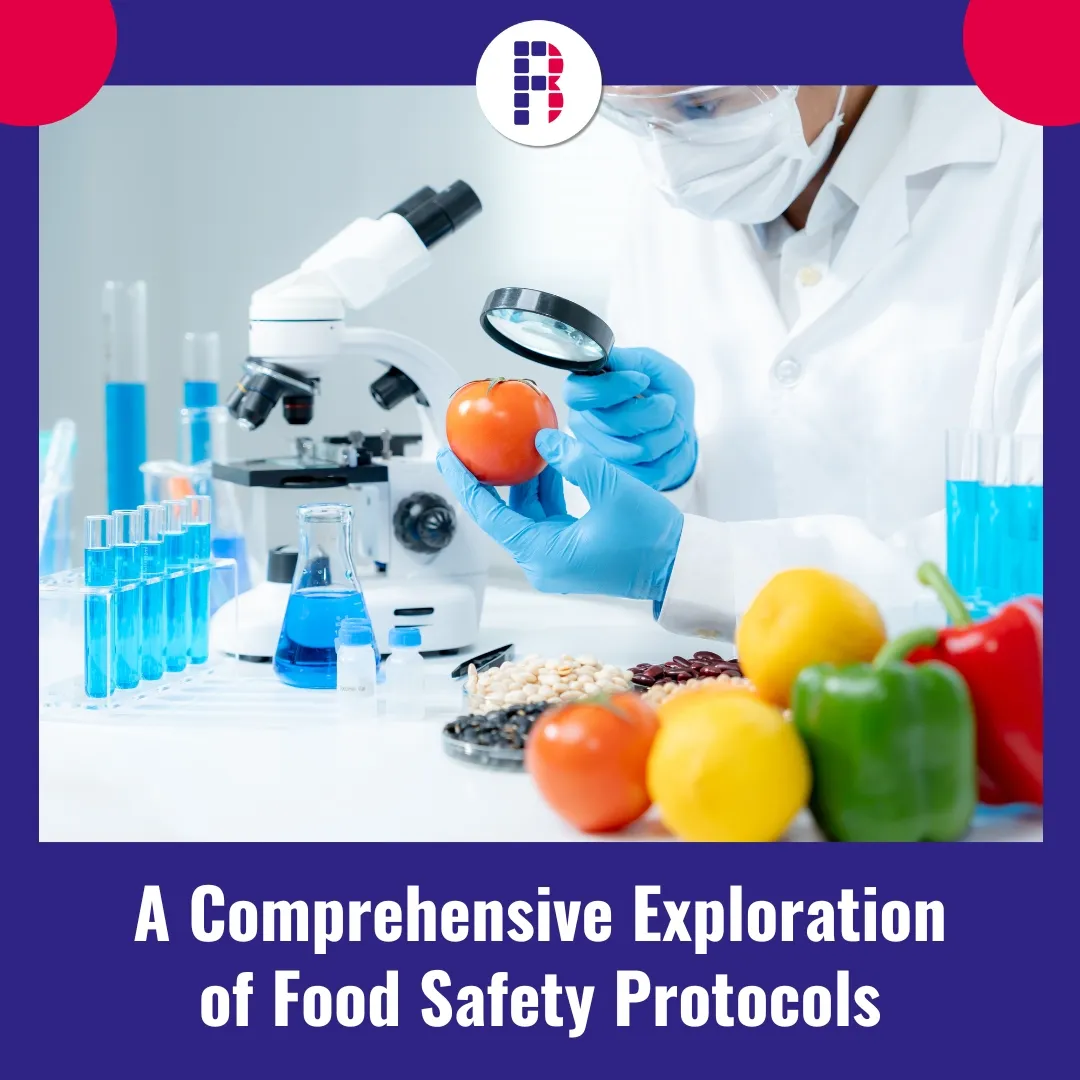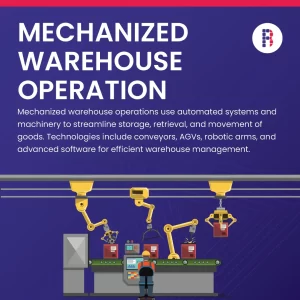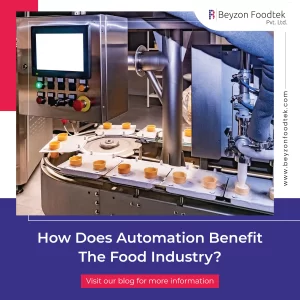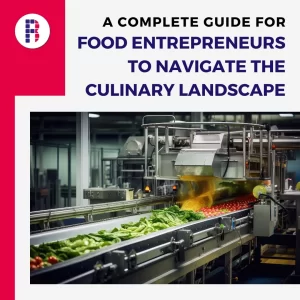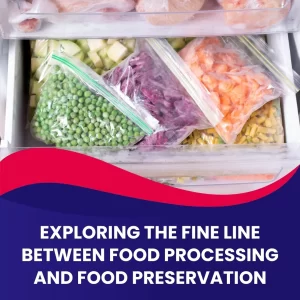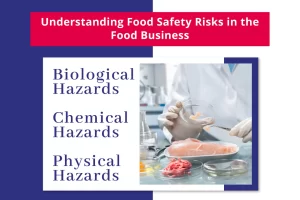Introduction:
In the dynamic world of culinary delights, ensuring the safety of the food we consume is paramount. Food safety protocols play a crucial role in safeguarding public health and preventing the spread of foodborne illnesses. In this comprehensive blog post, we will explore the intricacies of food safety protocols, from the farm to the table, shedding light on the measures implemented by the food industry to deliver nourishment safely.
The Foundation: Good Agricultural Practices (GAPs)
Before food even reaches the processing and manufacturing stages, the journey begins on the farm. Good Agricultural Practices (GAPs) set the foundation for food safety by establishing guidelines for the cultivation and harvesting of crops. This includes proper irrigation, soil management, and the responsible use of pesticides and fertilizers. GAPs ensure that the raw ingredients destined for our plates are cultivated under conditions that minimize the risk of contamination.
Vigilance in Processing and Manufacturing:
Hazard Analysis and Critical Control Points (HACCP)
Within processing and manufacturing facilities, the implementation of Hazard Analysis and Critical Control Points (HACCP) is a pivotal step. HACCP is a systematic approach that identifies potential hazards in the food production process and establishes critical control points to mitigate these risks. This proactive system involves monitoring, verification, and documentation to guarantee the safety of the final food product.
Hygienic Practices
Maintaining a hygienic environment within processing and manufacturing facilities is essential. Strict cleanliness protocols, including regular sanitation of equipment and facilities, prevent cross-contamination and ensure the production of safe, wholesome food. Personnel hygiene, including the use of proper protective gear, adds an additional layer of protection against potential contaminants.
Transportation: Safeguarding the Journey
Once food products leave the manufacturing facility, they enter the complex web of transportation. The safety of food during transit is safeguarded through adherence to transportation protocols. This includes maintaining appropriate temperatures for perishable goods, preventing exposure to potential contaminants, and securing packaging to avoid damage.
Retail: A Critical Checkpoint
As food products arrive at retail establishments, another set of safety protocols comes into play. This stage involves proper storage, handling, and display of products to maintain their integrity and safety. Routine inspections, monitoring expiration dates, and ensuring that products are stored at the correct temperatures contribute to the overall safety of the food supply chain.
Food Service: From Kitchen to Plate
In restaurants, cafeterias, and other food service establishments, maintaining food safety requires a combination of stringent protocols and skilled personnel. This includes proper handwashing, separation of raw and cooked foods, thorough cooking, and safe storage. Regular training of kitchen staff on food safety practices is imperative to prevent the spread of foodborne pathogens.
Surveillance and Response: Regulatory Oversight
At the national and international levels, regulatory bodies play a vital role in overseeing and enforcing food safety protocols. Government agencies set standards, conduct inspections, and implement regulations to ensure that food businesses comply with established safety guidelines. In the event of a foodborne illness outbreak, these agencies are responsible for swift and effective responses to protect public health.
Technological Innovations: Enhancing Safety Measures
In the 21st century, technology has become an invaluable ally in the quest for food safety. Advanced monitoring systems, including temperature sensors, allow real-time tracking of food products throughout the supply chain. Blockchain technology is being explored to create transparent and traceable supply chains, providing consumers with detailed information about the journey of their food from farm to table.
Consumer Education: Empowering Choices
An informed consumer is a powerful force in promoting food safety. Educational initiatives aimed at consumers help raise awareness about safe food handling practices at home. Proper storage, thorough cooking, and understanding food labels are essential aspects of empowering individuals to make safe and informed choices for themselves and their families.
Conclusion:
In the intricate tapestry of the food industry, safety protocols weave a protective shield around the nourishment we enjoy. From the meticulous cultivation of crops on the farm to the vigilant oversight of regulatory bodies, each stage in the food supply chain plays a role in upholding food safety standards. Technological innovations and consumer education further strengthen this collective effort.
Ultimately, the commitment to food safety is a shared responsibility. By understanding and embracing the protocols that govern our food supply, we contribute to a culture of safety that nourishes both our bodies and our communities. So, the next time you savor a meal, take a moment to appreciate the invisible guardians working tirelessly behind the scenes to ensure that each bite is a celebration of flavor and, above all, a testament to the commitment to nourishing us safely.
